How Often Bear Markets Occur and 7 Other Facts About Them
Bear markets can be terrifying, but they're normal, inevitable and – most importantly – they don't last forever.

Anne Kates Smith

What is a bear market, anyway?
Well, for one thing, a bear market is one of the scariest events equity investors regularly confront.
And yet, as unpleasant as they may be, steep and sustained drawdowns in stocks are an absolute fact of investing life.
Markets go through cycles; always have, always will.
It's also true that despite being miserable experiences, bear markets are not entirely all bad.
An irony of bear markets is that they're one of the exceedingly rare times when long-term retail investors can actually have an advantage over the pros.
Traders and tacticians are under constant pressure to do something, even as a receding tide lowers all boats. Contrast that with retail investors, who are luxuriously free from clients yelling at them all day.
Normies can just sit back and dollar-cost average into stocks at increasingly cheaper prices.
Most importantly, a patient long-term investor who is diversified in accordance with his or her age, stage in life and risk tolerance can not only wait out a bear market, but profit from it.
Remember: The market can be downright awful at times, but its long-term trend is always to the up and right.
Don't forget the old Wall Street saying: "You make your money in a bear market. You just don't know it at the time."
Folks these days are understandably focused on inflation, rising interest rates and the possibility of recession.
But a familiarity with the basics of bear markets should help investors better cope with the next bear market.
To that end, we've compiled the following facts to help answer the question, What is a bear market?
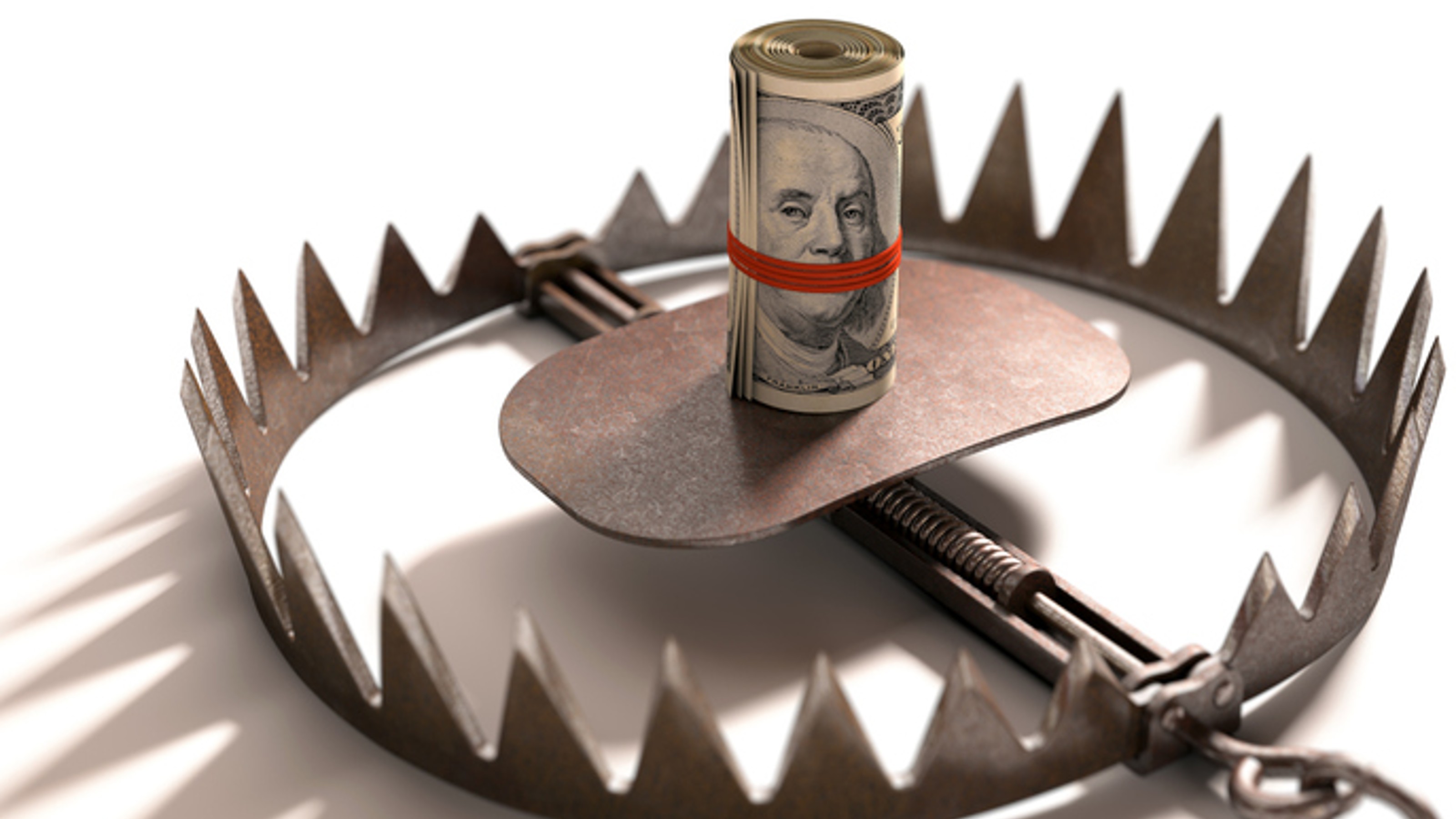
Why is it called a bear market?
It has nothing to do with the way bears sneak up on their prey and attack suddenly, in the same way that bear markets feast on investors.
Neither is it because bears are notorious for ransacking campsites and stealing provisions, in the same way bear markets can destroy your financial well-being.
Though both would be fitting.
Believe it or not, the term "bear market" originates with pioneer bearskin traders. The country's early traders would sell skins they'd not yet received – or paid for.
Because the traders hoped to buy the fur from trappers at a lower price than what they'd sold it for, "bears" became synonymous with a declining market.
There is, however, an alternative explanation, according to Wall Street lore: A bear attacks by swiping its claws downward, similar to the downward trend of a declining market.
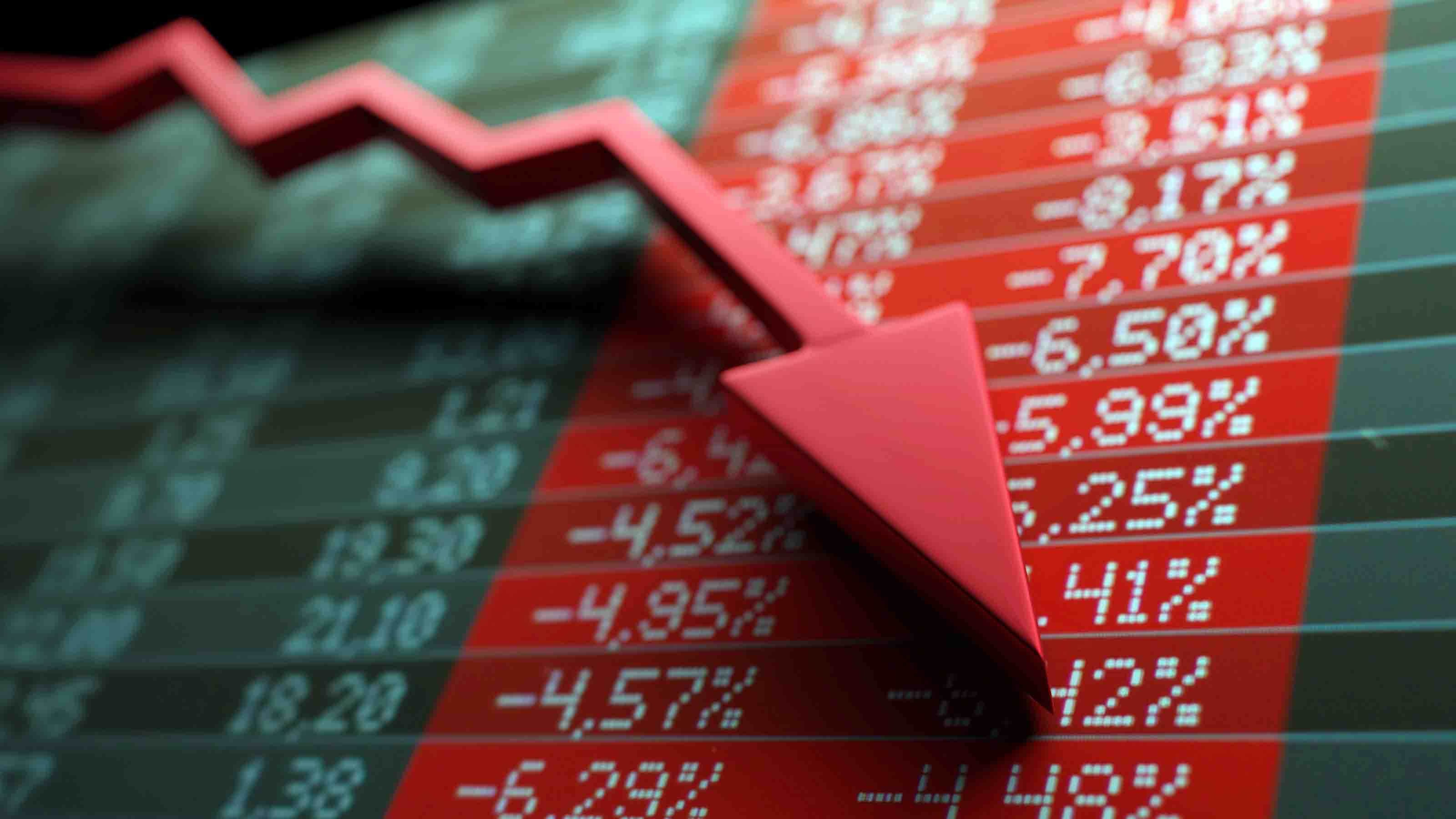
What is a bear market, anyway?
First, let's look at what a bear market is not.
It's not when stock prices end lower in the majority of trading days within a 90-day period.
Neither is it a condition proclaimed by the National Bureau of Economic Research.
And it is certainly not when at least two major business publications proclaim a bear market on their magazine covers.
Rather, a bear market is when a broad market index, such as the S&P 500, falls 20% or more from its peak.
There still is some debate among market watchers about whether the downturn that lasted from July 16 to October 11, 1990, was officially a bear. The S&P fell 19.9% during that period.
And the 2018 correction that lopped 19.8% off the S&P 500 was within rounding distance of a bear market.
Since 1929, S&P 500's average bear-market decline stands at 33.5%, according to Dow Jones Market Data. The median drawdown comes to 33.2%.

How often do bear markets occur?
Since 1932, bear markets have occurred, on average, every 56 months (about four years and eight months), according to S&P Dow Jones Indices.
The Nasdaq Composite entered a bear market on March 7, 2022, when it closed 20% below its November 19, 2021, high.
The S&P 500, for its part, entered a bear market on June 13, 2022, when it finished the session more than 20% below its January 3, 2022, record close.
The Dow held out the longest, not entering a bear market until September 26, 2022, when it closed below 29,439.72.
All three major indexes eventually clawed their ways out of their bear markets, eventually setting new record highs.
Don't forget that the long-term trend for U.S. stocks has always been up and to the right.

What is least likely to cause a bear market?
A number of events can lead to a bear market: higher interest rates, rising inflation, a sputtering economy, military conflict or geopolitical crisis are among the usual suspects.
But which is the rarest?
Fortunately, military or geopolitical shocks to the market have been mostly fleeting.
Two of the longest downturns followed the attack on Pearl Harbor in 1941 (308 days) and Iraq's invasion of Kuwait in 1990 (189 days).
But the average time to the market bottom after such events, which also include the terrorist attacks on the U.S. in 2001 and the North Korean missile crisis of 2017, is 21 days, with a full recovery in 45 days, on average.
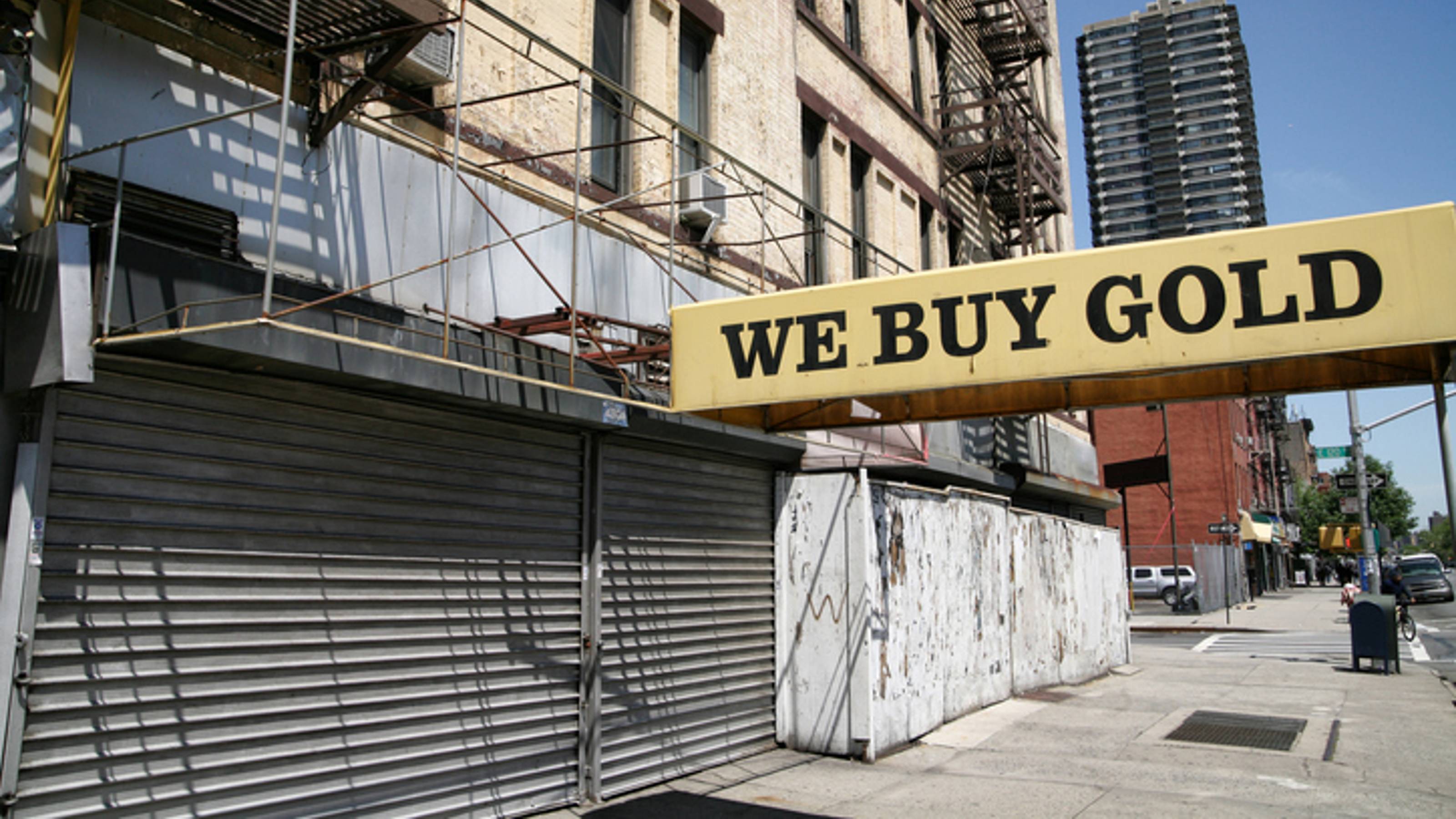
Bear markets don't automatically come with recessions
There are actually two types of bear markets: recessionary and non-recessionary.
Bear markets often precede or coincide with economic downturns, which is part of what makes them so scary.
Happily, there are almost as many instances of past bear markets in which stocks tanked but the economy did not.
Since 1928, 14 bear markets heralded or happened during recessions, notes Ben Carlson, director of institutional asset management at Ritholtz Wealth Management.
However, another 11 bear markets since 1928 had nothing to do with recession.
Surprise, surprise: Bear markets that occur outside of recessions tend to be shallower and shorter.
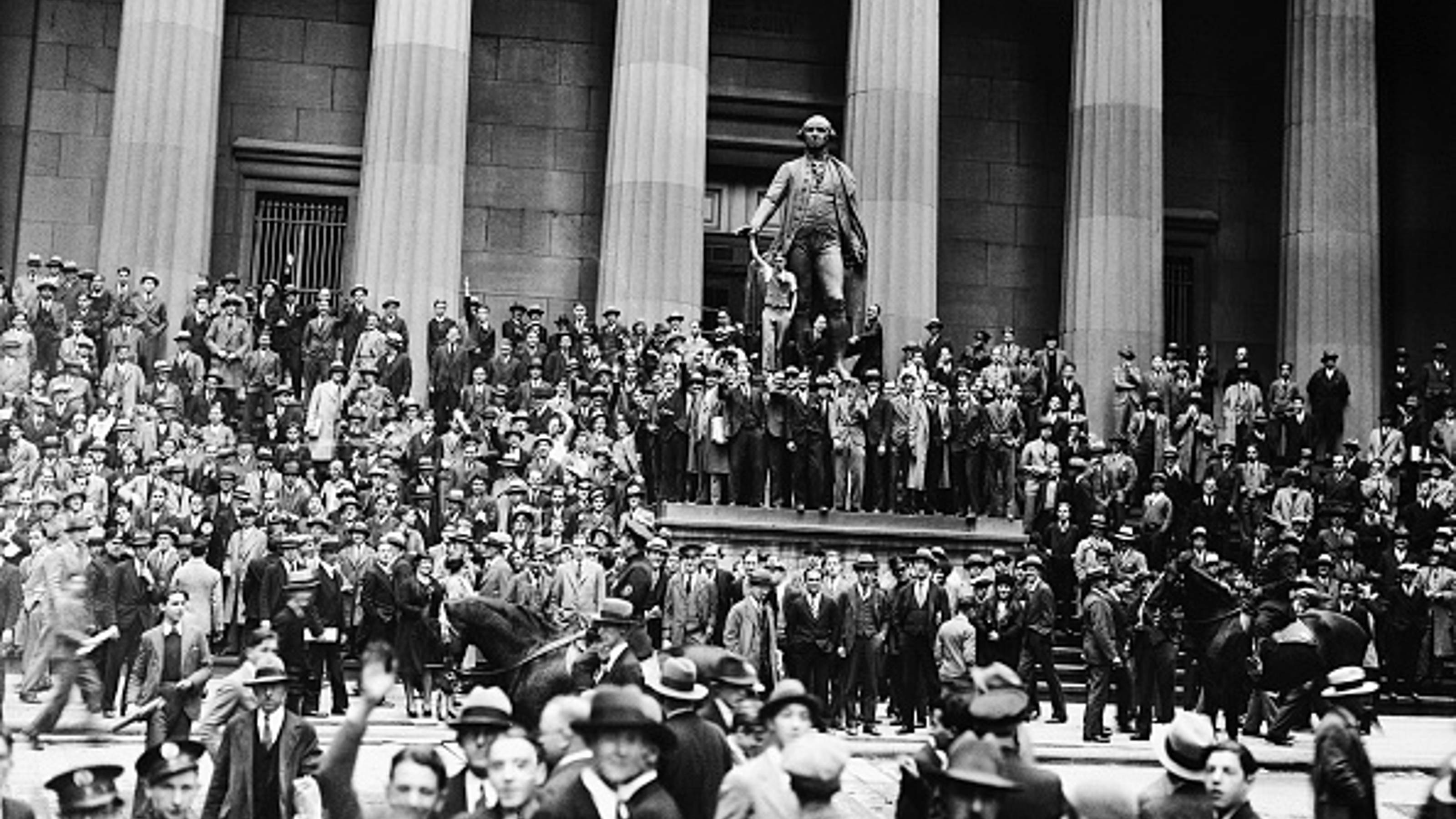
What was the worst bear market of all time?
Contrary to popular belief, the worst bear market on record was not the 2007-09 crash when the financial crisis ushered in the Great Recession.
Neither was it the tech wreck of 2000 when dot-com stocks collapsed.
The drawn-out decline from the start of 1973 through the fall of 1974 – during which the Arab oil embargo sent oil prices soaring, the so-called Nifty-Fifty stocks sank, and Richard Nixon resigned the presidency – doesn't take the cake either.
Rather, the bear market that began just ahead of Black Monday that precipitated the Crash of 1929 was the worst one to date.
The bear market from September 1929 to June 1932 resulted in an 86.2% loss for the S&P.
Those other historical examples aren't even close, with losses of 56.8% in 2007-09, 49.1% in 2000-02 and 48.2% in 1973-74.
Indeed, it took the market more than two decades to recover from the 1929-32 slump. Stocks didn't regain their prior peak until 1954.

How long do bear markets last?
Ask a random sample of investors and some folks might guess that it's a year or less. Others will figure it's a minimum of two years.
Regardless of duration, a bear market usually feels like it lasts forever.
And yet the average length of a bear market since 1929 is just 9.6 months, according to Ned Davis Research.
True, those months will be agonizing, but consider the bright side: Bears don't live as long as bulls. Indeed, since 1929, the average lifespan of a bull market is 2.7 years.
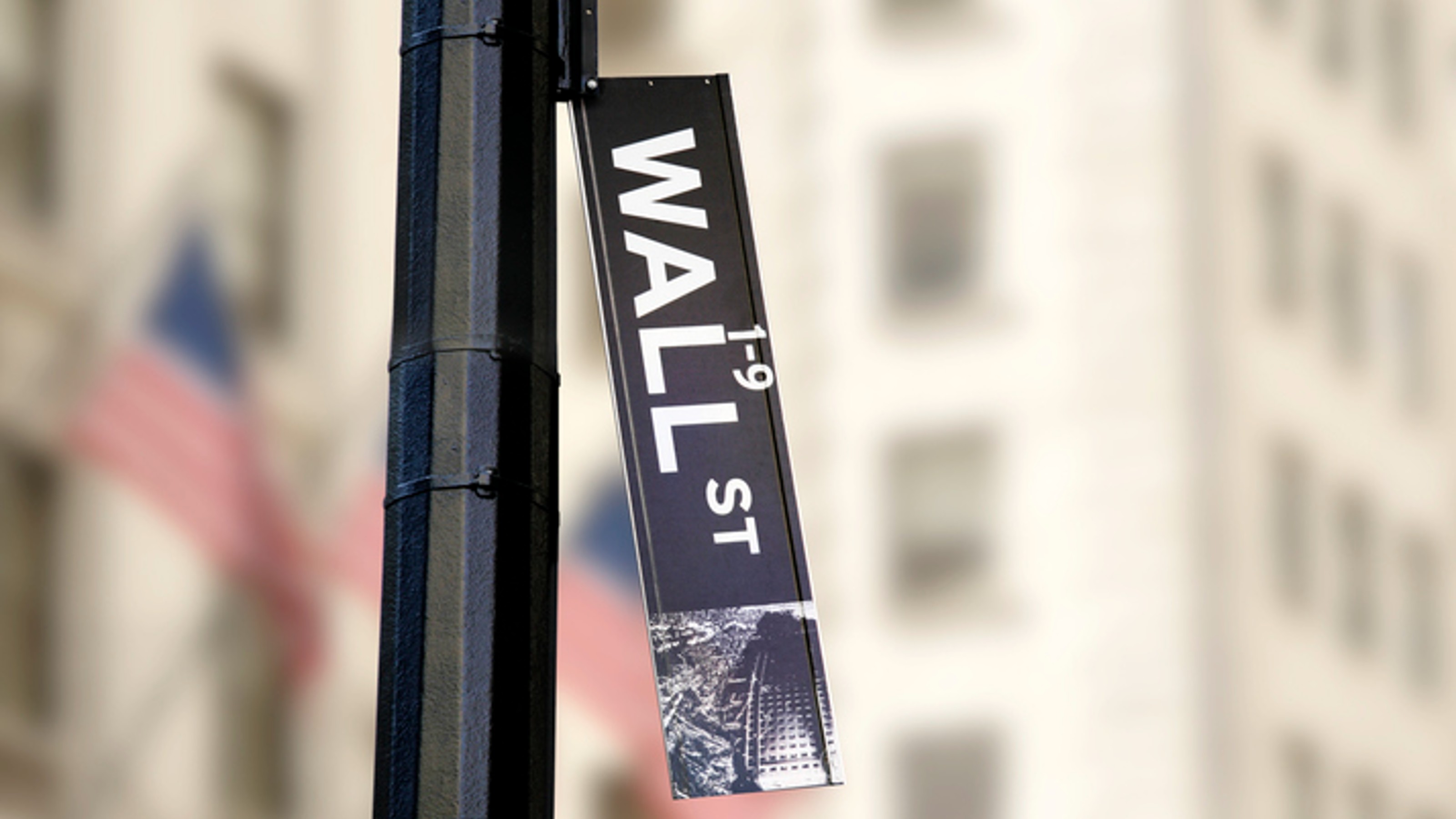
Good and bad investments for getting through a bear market
What's the best investment for a bear market? Is it U.S. Treasury bonds? Or perhaps gold or gold funds?
How about classically defensive plays including utilities, consumer staples companies and healthcare companies?
Or perhaps the highest-growth stocks with the broadest following?
When stocks are in free fall and worries about the economy abound, there's nothing more soothing than the full faith and credit of the U.S. government. And a "flight to quality" often leads to gains in U.S. Treasury bonds.
In 2008, the Bloomberg Barclays US Aggregate Bond Index – a broad-based, high-quality fixed-income benchmark – gained 5%, making it the only U.S. financial asset in the black that year.
Defensive stocks will lose ground in a bear market, but tend to lose less than average, supported by steady demand for their products and, often, generous dividends.
Gold, which Kiplinger recommends as a portfolio diversifier only in small amounts, often zigs upward when stocks zag downward.
As for the worst place to hide out in a bear market, it's the highest-growth stocks with the broadest following.
Indeed, these stocks can be among the worst performers in a bear market if their popularity led them to have outsized gains before everything collapsed. The higher they fly, the harder they fall.
Related Content
Profit and prosper with the best of Kiplinger's advice on investing, taxes, retirement, personal finance and much more. Delivered daily. Enter your email in the box and click Sign Me Up.

Dan Burrows is Kiplinger's senior investing writer, having joined the publication full time in 2016.
A long-time financial journalist, Dan is a veteran of MarketWatch, CBS MoneyWatch, SmartMoney, InvestorPlace, DailyFinance and other tier 1 national publications. He has written for The Wall Street Journal, Bloomberg and Consumer Reports and his stories have appeared in the New York Daily News, the San Jose Mercury News and Investor's Business Daily, among many other outlets. As a senior writer at AOL's DailyFinance, Dan reported market news from the floor of the New York Stock Exchange.
Once upon a time – before his days as a financial reporter and assistant financial editor at legendary fashion trade paper Women's Wear Daily – Dan worked for Spy magazine, scribbled away at Time Inc. and contributed to Maxim magazine back when lad mags were a thing. He's also written for Esquire magazine's Dubious Achievements Awards.
In his current role at Kiplinger, Dan writes about markets and macroeconomics.
Dan holds a bachelor's degree from Oberlin College and a master's degree from Columbia University.
Disclosure: Dan does not trade individual stocks or securities. He is eternally long the U.S equity market, primarily through tax-advantaged accounts.
- Anne Kates SmithExecutive Editor, Kiplinger Personal Finance
-
 Metro by T-Mobile Is Giving Away This Samsung Galaxy A16: Which Plans Are Eligible?
Metro by T-Mobile Is Giving Away This Samsung Galaxy A16: Which Plans Are Eligible?Metro by T-Mobile is offering free Samsung Galaxy A16 phones on eligible plans right now. Here’s how the deal works.
-
 I Drive and Collect Classic Cars: Here’s How I Got Started
I Drive and Collect Classic Cars: Here’s How I Got StartedAre classic cars a hobby or an investment strategy — or both? Either way, the vintage car scene is much cooler and more affordable than you think.
-
 My First $1 Million: Retired Middle School Teacher, 68
My First $1 Million: Retired Middle School Teacher, 68Ever wonder how someone who's made a million dollars or more did it? Kiplinger's My First $1 Million series uncovers the answers.
-
 The $183,000 RMD Shock: Why Roth Conversions in Your 70s Can Be Risky
The $183,000 RMD Shock: Why Roth Conversions in Your 70s Can Be RiskyConverting retirement funds to a Roth is a smart strategy for many, but the older you are, the less time you have to recover the tax bite from the conversion.
-
 A Financial Pro Breaks Retirement Planning Into 5 Manageable Pieces
A Financial Pro Breaks Retirement Planning Into 5 Manageable PiecesThis retirement plan focuses on five key areas — income generation, tax management, asset withdrawals, planning for big expenses and health care, and legacy.
-
 4 Financial To-Dos to Finish 2025 Strong and Start 2026 on Solid Ground
4 Financial To-Dos to Finish 2025 Strong and Start 2026 on Solid GroundDon't overlook these important year-end check-ins. Missed opportunities and avoidable mistakes could end up costing you if you're not paying attention.
-
 Nasdaq Leads as Tech Stages Late-Week Comeback: Stock Market Today
Nasdaq Leads as Tech Stages Late-Week Comeback: Stock Market TodayOracle stock boosted the tech sector on Friday after the company became co-owner of TikTok's U.S. operations.
-
 Are You Putting Yourself Last? The Cost Could Be Your Retirement Security
Are You Putting Yourself Last? The Cost Could Be Your Retirement SecurityIf you're part of the sandwich generation, it's critical that you don't let the needs of your aging parents come at the expense of your future.
-
 I'm an Insurance Pro: It's Time to Prepare for Natural Disasters Like They Could Happen to You
I'm an Insurance Pro: It's Time to Prepare for Natural Disasters Like They Could Happen to YouYou can no longer have the mindset that "that won't happen here." Because it absolutely could. As we head into 2026, consider making a disaster plan.
-
 The Future of Philanthropy Is Female: How Women Will Lead a New Era in Charitable Giving
The Future of Philanthropy Is Female: How Women Will Lead a New Era in Charitable GivingWomen will soon be in charge of trillions in charitable capital, through divorce, inheritance and their own investments. Here's how to use your share for good.
-
 Cooler Inflation Supports a Relief Rally: Stock Market Today
Cooler Inflation Supports a Relief Rally: Stock Market TodayInvestors, traders and speculators welcome much-better-than-hoped-for core CPI data on top of optimism-renewing AI earnings.
